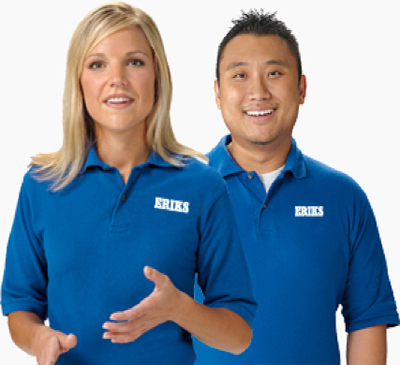In this article
How to choose safety shoes
The right safety footwear is crucial not only for worker safety but also for increasing productivity and cost-effectiveness. But how do you choose the most appropriate safety shoes to protect workers against workplace hazards, keeping them safe, comfortable, and productive?
This article will discuss the latest updates to the safety footwear standards, along with ways to evaluate the risks that workers are exposed to and how to select safety footwear for different industries and workers. Finally, we will list cases and examples to explain what critical criteria needs to be considered to maximize comfort and safety.
Safety footwear standards
EN ISO 20345:2011
Safety shoes must meet the safety footwear standard, EN ISO 20345, for the protective equipment (PPE) in order to be designated as safety shoes. The standard aims to protect users from impact, crushing, slipping, falling objects, water, electric shocks, triggering explosions, stepping onto sharp objects, and extreme heat and cold with certain limits.
EN ISO 20347:2012
EN ISO 20347 governs occupational footwear for low-risk work areas. EN ISO 20347 does not require a toe cap, but the footwear must have at least one protective component.
DIN EN ISO 20345:2012: new changes in DIN EN ISO 20345:2022
The revised version of ISO 20345 was published in June 2022. After a transition period, the previous standard will be withdrawn. Harmonization and publication in the Official Journal of the EU Commission are still required for general use as a basis for certification under the PPE Regulation.
- New protection categories S6 and S7 for waterproofing safety shoes (WR):
- Water penetration and water absorption of shoe upper: WRU becomes WPA
- Slip resistance with modified test method and new marking system (standard cleaning agent on tile is without marking, additional test with oil on tile: SR, without slip resistance test: Ø)
- Penetration resistance and new symbols
- Resistance to oil and petrol with the symbol FO is no longer mandatory
- Orthopaedic safety footwear divided into three types
- A scuff cap (SC) was added to protect the toe of the shoe
- Ladder Grip (LG)
EN ISO 20345:2022 is valid from the date of harmonization by the European Commission. A date has not yet been published. Safety shoes already on the market do not have to comply with the new standard until the existing type of examination certificate expires. The EU-type examination (certificate) is valid for 5 years.
Safety shoe ratings
Based on the requirements and the application, safety shoes are divided into the following protection classes according to EN ISO 20345:2021:
- SB: safety shoe with toe protection cap, which protects against impacts with 200 Joule
- S1: class 1 safety shoe with protective toe cap made of steel, aluminium or plastic, without moisture protection
- S1P: class 1 safety shoe with protective toe cap made of steel, aluminium or plastic, without moisture protection, with steel sole to protect against the penetration of sharp and pointed objects through the sole
- S1PL: class 1 safety shoe with protective toe cap made of steel, aluminium, or plastic, without moisture protection, with non-metallic penetration protection to protect against the penetration of sharp and pointed objects through the sole tested with 4.5mm nail
- S1PS: class 1 safety shoe with protective toe cap made of steel, aluminium, or plastic, without moisture protection, with non-metallic penetration protection to protect against the penetration of sharp and pointed objects through the sole tested with 3.0mm nail
- S2: class 1 safety shoe with protective toe cap made of steel, aluminium or plastic, with moisture protection WPA
- S3: class 1 safety shoe with protective toe cap made of steel, aluminium or plastic and penetration protection, with moisture protection WPA and against penetration of sharp or pointed objects through the sole.
- S4: class 2 safety footwear with protective steel, aluminium or plastic toe caps, waterproof and suitable for areas subject to increased exposure to liquids, moisture and dirt.
- S5: class 2 safety shoe with protective steel, aluminium or plastic toe cap and penetration protection, waterproof and suitable for areas subject to increased exposure to liquids, moisture, dirt and sharp or pointed objects.
- S6: class 1 safety shoe with protective steel, aluminium or plastic toe cap and penetration protection, protected against the effects of moisture in waterproof design WR.
- S7: class 1 safety shoe with protective steel, aluminium or plastic toe cap and penetration protection, protected against the effects of moisture in waterproof version WR and against the penetration of sharp or pointed objects through the sole.
- Ø: Safety shoes without slip resistance test.
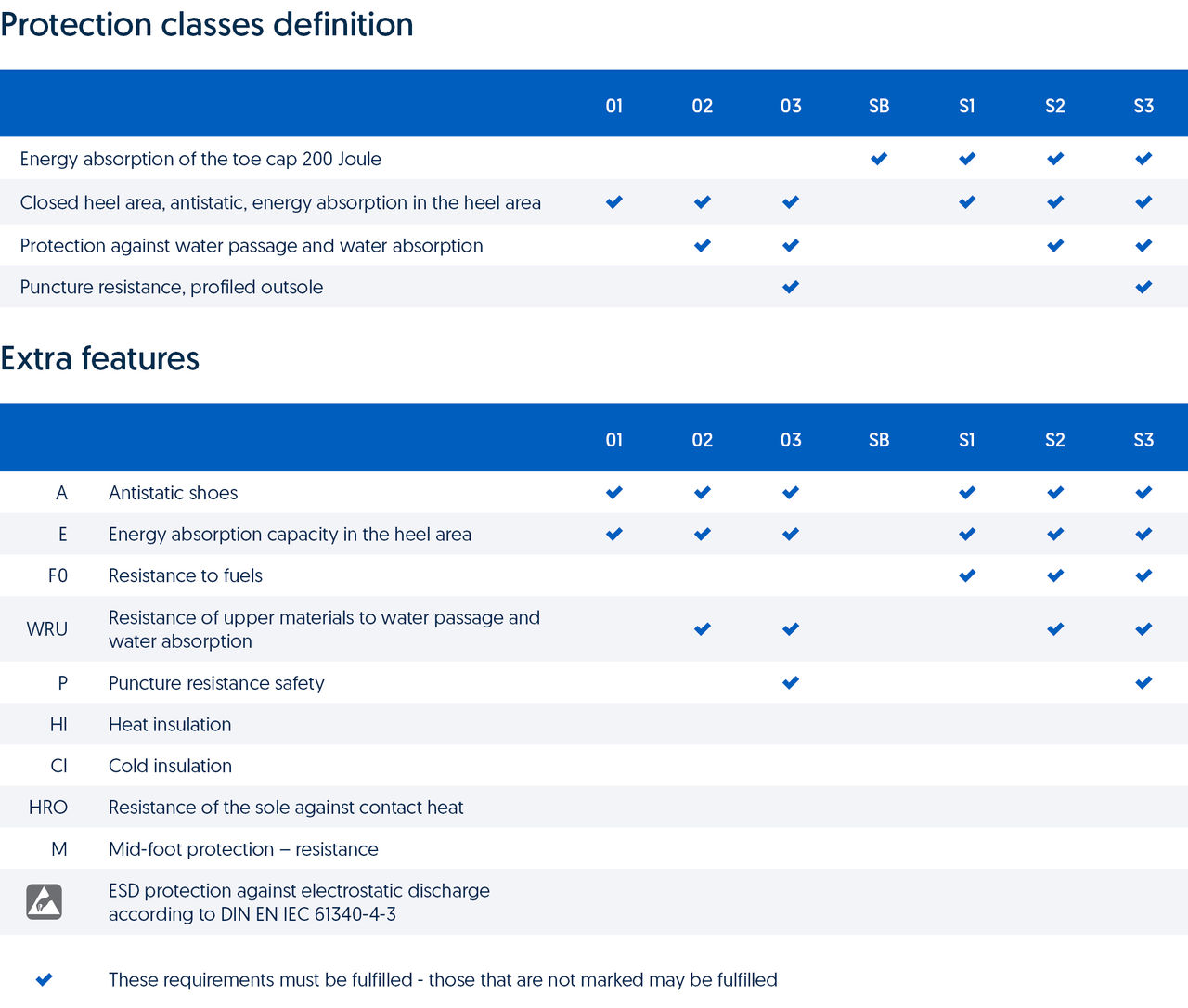
Which safety shoes for which job
Choosing the right safety shoes boils down to what workplace hazards your workers encounter. Therefore it is vital to undergo a risk assessment for companies with a large workforce spread across multiple working areas.
Assessing the hazards in the working areas
During the on-site inspection, the specialists will identify potential hazards in the workplace, Based on the results, the safety specialists will choose the most suitable safety shoes for each worker.
At ERIKS, our PPE application engineers will identify hazard areas alongside the company's safety officers on-site. By investigating all different work areas, our engineers can determine the best safety shoe assortment for each area and worker to ensure that all risks are covered for better standardization. For example, if sharp objects were identified which could penetrate the shoe, then S1 safety shoes are insufficient for nail protection, so safety shoes with midsole protection for penetration resistance are required for that specific work area.
Examples of workplace hazards include:
- Falling objects
- Static electricity build-up
- Wet and dry conditions
- Temperatures, indoor or outdoor use
- Chemical or metal splash and slips
- Cuts, burns, and sharp objects such as nails.
The work environment must be re-evaluated to identify potential risks because it impacts the requirement for safety shoes after a change is made. For example, if the dry walking surface is replaced with a wet floor with falling metal objects, the safety shoes should have slip-resistant soles with steel toe caps and moisture protection.
Smart asset management for safety shoes
Companies with multiple sites often experience ordering process misalignment. ERIKS safety shoe specialists can ensure your safety program is streamlined and up to industry standards, reducing costs and manual labour.
In one example, ERIKS PPE specialists developed a bespoke online portal allowing guided buying through the ERIKS webshop and viewing each site's portfolio and users. As a result, the online portal streamlined the ordering process for cost information, delivery, and invoice verification processes.
Following the on-site inspection, the overall shoe stock was significantly reduced from 35 to six styles, easing the administrative burden of the procurement process.
Safety footwear audit
- First step: Visit customers and conduct an internal audit to identify hazards and risks
- Second step: Confirm if the safety shoes comply with the current valid safety regulations (i.e., which shoe is appropriate for which application).
- Third step: Upon approval from the customer, start shoe fittings with six to ten employees
- Fourth step: After six to eight weeks, assess the results with the customer and adjust if needed
- Fifth step: The application engineer will ensure the safety shoes are correctly fitted by all employees and adjusted if necessary
Safety shoes for clean room
There are very strict standards that must be met in cleanrooms. A cleanroom environment requires close collaboration between the safety officer, the hygiene officer, and the application engineer responsible for personal protective equipment.
Specific and relevant safety shoes can be chosen depending on cleanroom activity. White shoes are often used in a cleanroom. Moreover, special shoes are essential in clean rooms because they protect the product or the premises from contamination.
What safety shoes are suitable for electricians?
The main hazard for electricians is probably electric arcing. According to the electrical properties, safety shoes are divided into two requirements:
- Partially conductive shoes with resistance up to 0.1 megohms
- Antistatic shoes with resistance greater than 0.1 and up to 1000 megohms.
To have maximum safety, electricians should wear safety shoes manufactured for Electrical Static Discharge (ESD) requirements because they already contain a higher proportion of conductive materials (antistatic agents) in the sole construction in order to comply with the reduced upper limit value even under unfavourable conditions.
S1 to S7 safety shoes are antistatic, but the electrical resistances are highly influenced by temperature, humidity, and the individual wearing situation (sweating, wetness, pressure, bending, soiling). They can fulfill the electrical values of the ESD requirement only under normal climatic situations.
What safety shoes are suitable for warehouse workers?
Logistic workers choose safety shoes based on their type of work, which has different requirements. For example, an employee working in goods receiving and palletizing will need different safety shoes than an employee who packs small products in the small parts warehouse.
However, what can be ensured is that with weight-related heel cushioning, back strain is minimized, and employees are thus supported in an ergonomically correct way. In turn, this leads to improved workplace ergonomics, increasing safety and efficiency.
Which safety shoes are comfortable
Comfort is an influential factor when choosing safety shoes for your workers. After long hours of physical labour, workers may experience constant wear and tear on their bodies. Safety shoes can still be ill-fitted despite adequate protection due to the wearer's different foot widths and weights.
Shoe width
Some wearers often choose one or two shoe sizes larger to fit their feet width. This is not only uncomfortable but also unsafe. Every fit is different, safety shoes should be adapted to wearers’ weight and width for just not comfort but for safety and productivity.
The risk of stumbling and falling increases if the safety shoe does not provide proper support. For instance, too-tight shoes often cause forefoot problems, leading to an unstable stance.
Steitz Secura, a European safety shoe manufacturer, offers safety shoes that can be individually adapted to four different shoe widths, XXB, XB, NS, and S, for all shoe models and shoe lengths.
Safety shoes that fit well allow the wearers to work flexibly for long hours without having to change to different insoles. This can also save time spent switching shoes in different work areas.
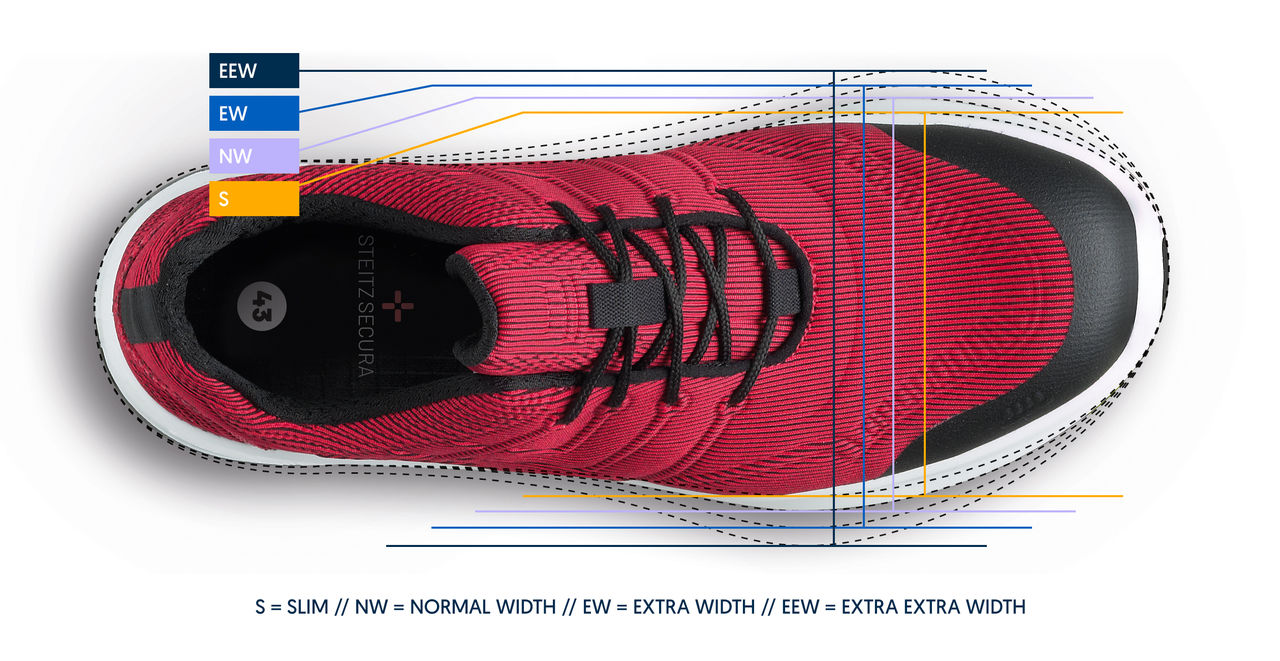
Weight
Chronic lower back pain is one of the most prevalent workplace-related injuries. Incompatible weight can add to the physical pressure of the wearer, thus impacting the effectiveness of the workers. Safety shoes with cushioning weight modules in the heel area can significantly relieve and protect joints and the musculoskeletal system.
The SECURA VARIO system offers five inter-changeable cushioning weight structures based on body weight from 57 kg to 105 kg.
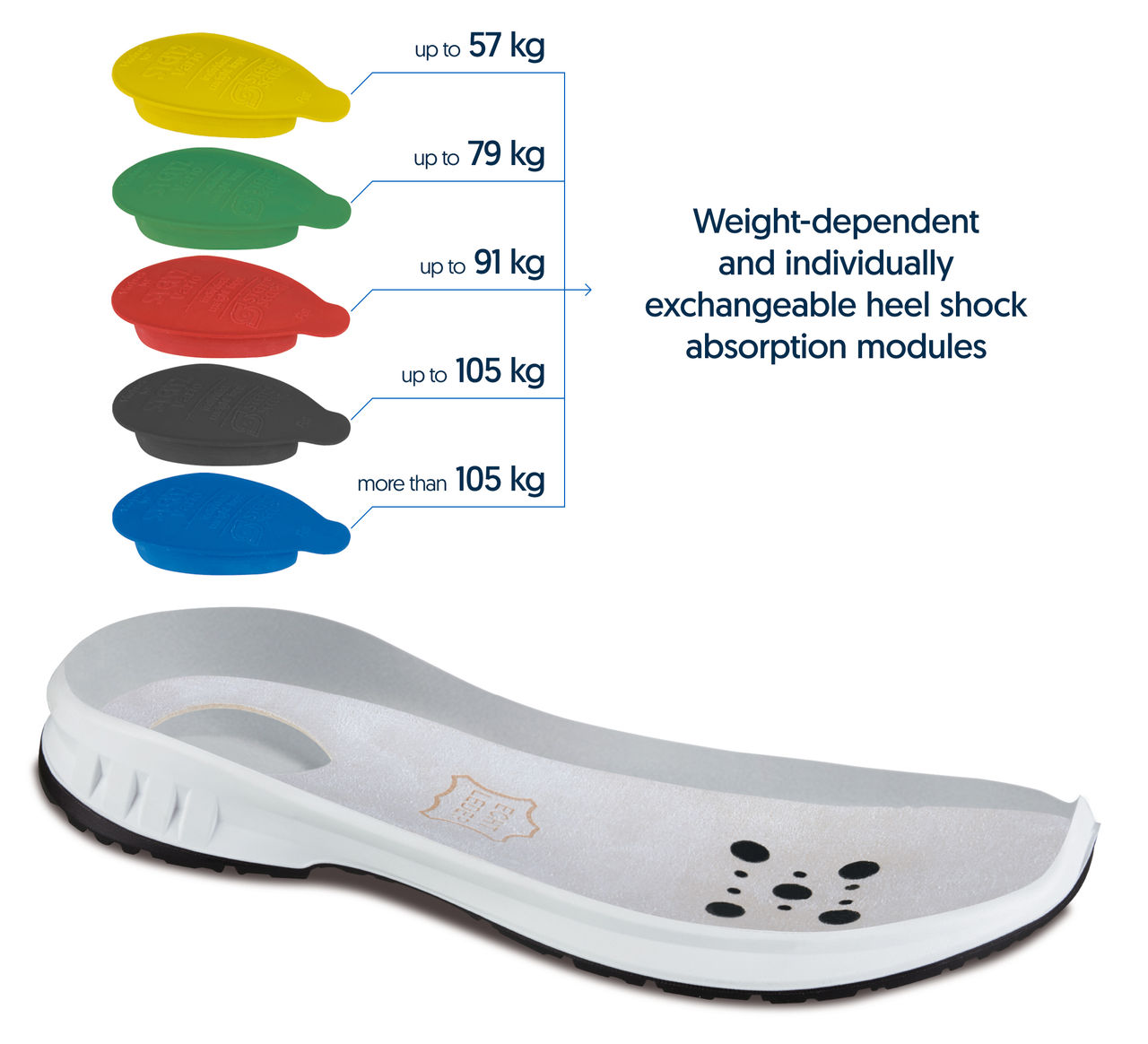
Health benefits
Safety shoes with added health benefits can also holistically protect workers' musculoskeletal systems, delay fatigue, and promote regeneration. Consequently, employers can benefit from greater trust, productivity, and employee satisfaction.
One good indicator of such safety shoes is to check if they are certified by recognized health organizations, such as Aktion Gesunder Rücken, a research institute devoted to developing and preventing back pain. Safety shoe suppliers that meet their requirements provide safety shoes that target back pain relief.
Certified and tested by Aktion Gesunder Rücken, the European manufacturer of safety shoes, Steitz Secura provides safety shoes that can reduce the heel's pressure load by one-third. In addition, Steitz Secura also offers customized health solutions, including extra-wide protective toe caps, type-tested shoes, orthopaedic inlays, and other medical solutions.
Safety shoes for industrial use
Safety Shoes for Food Industry
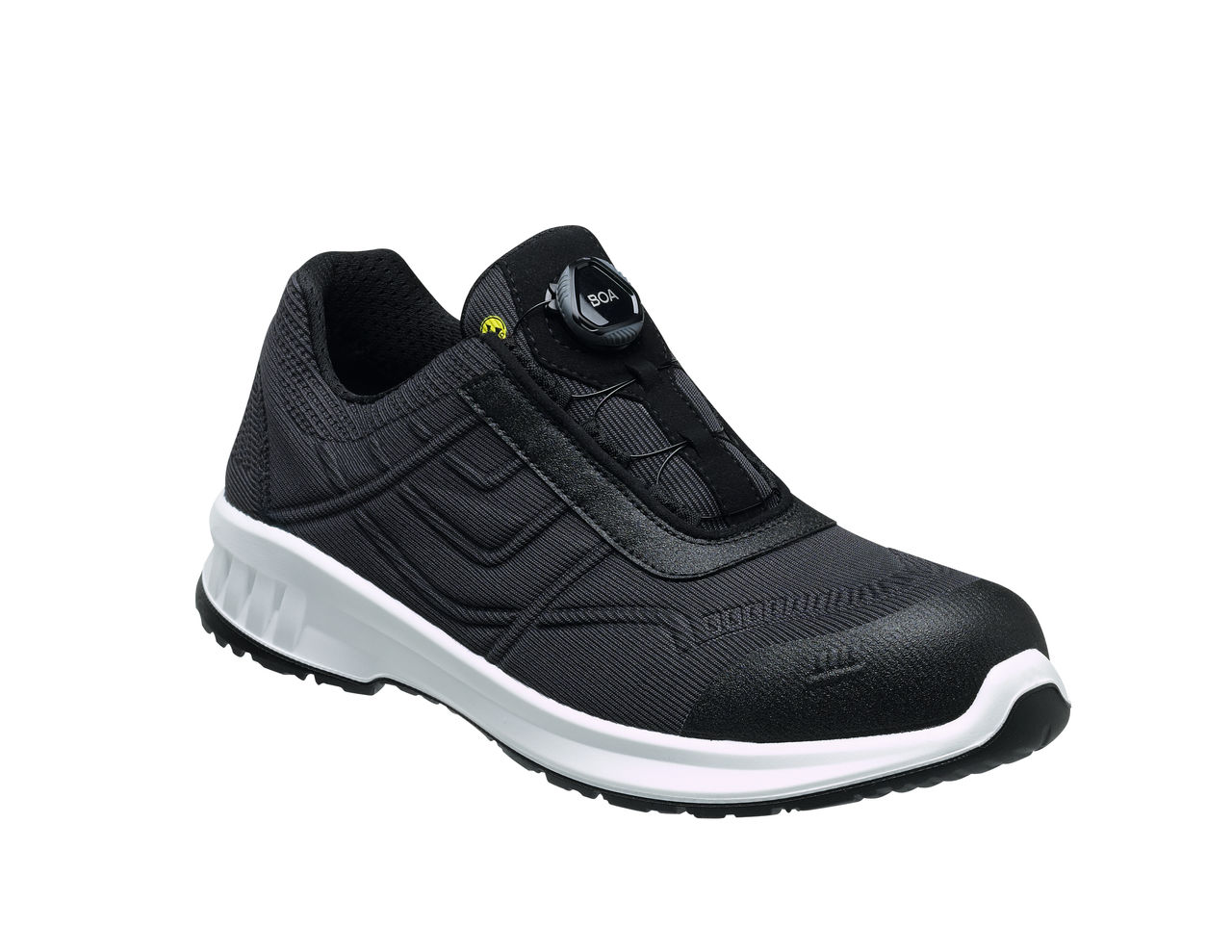
|
|
|
|
|
|
|
|
Safety shoes for Chemical Industry
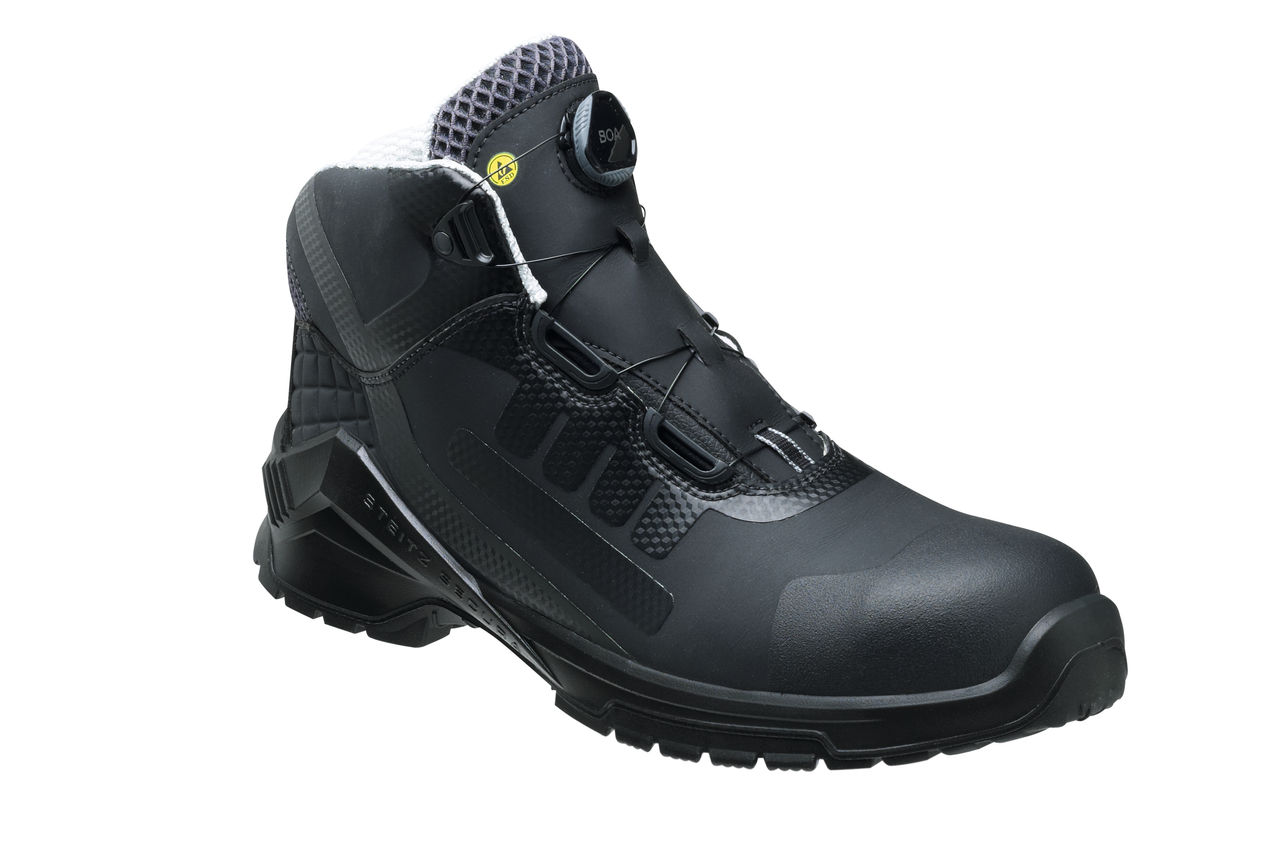
|
|
|
|
|
|
Safety shoes for Machine Construction or OEM
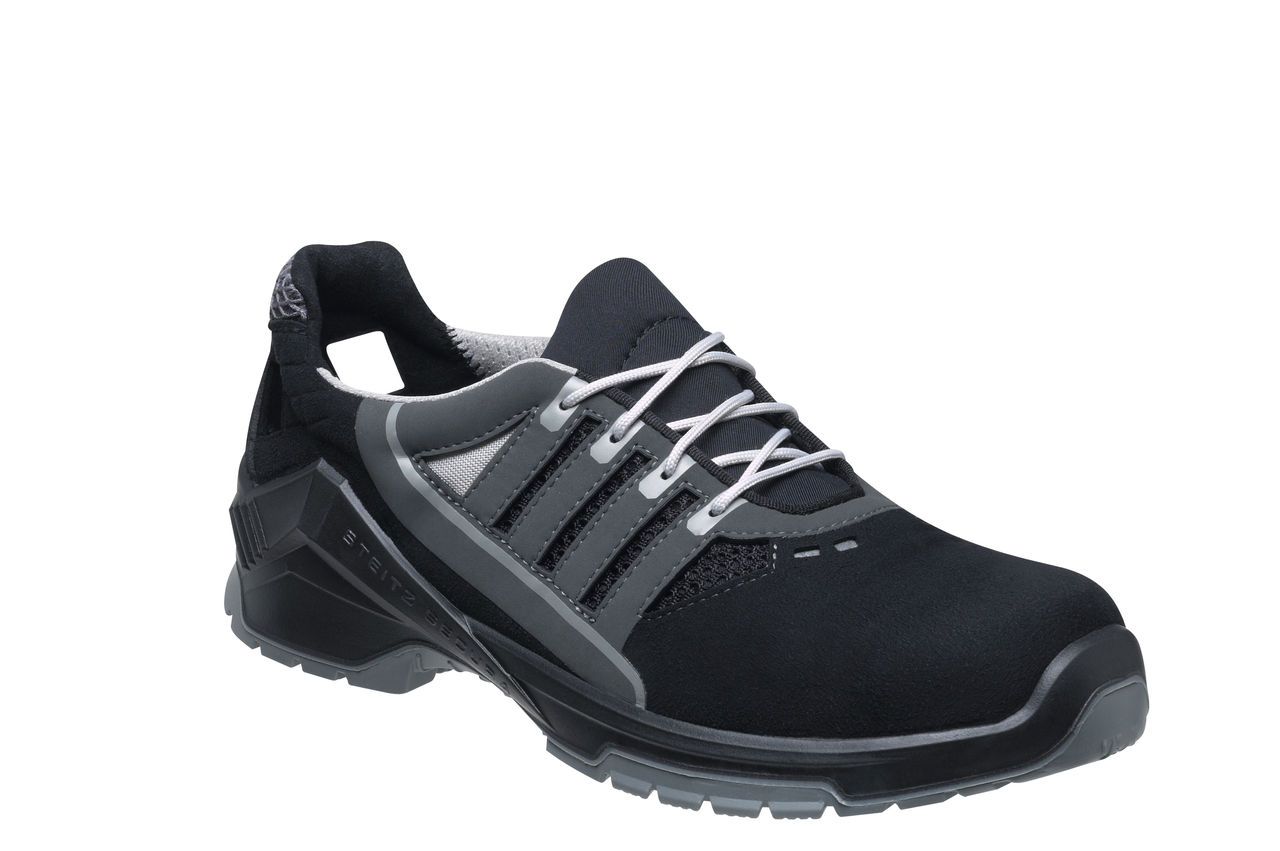
|
|
|
|
|
|
|
Safety shoes for Pharmaceutical Industry
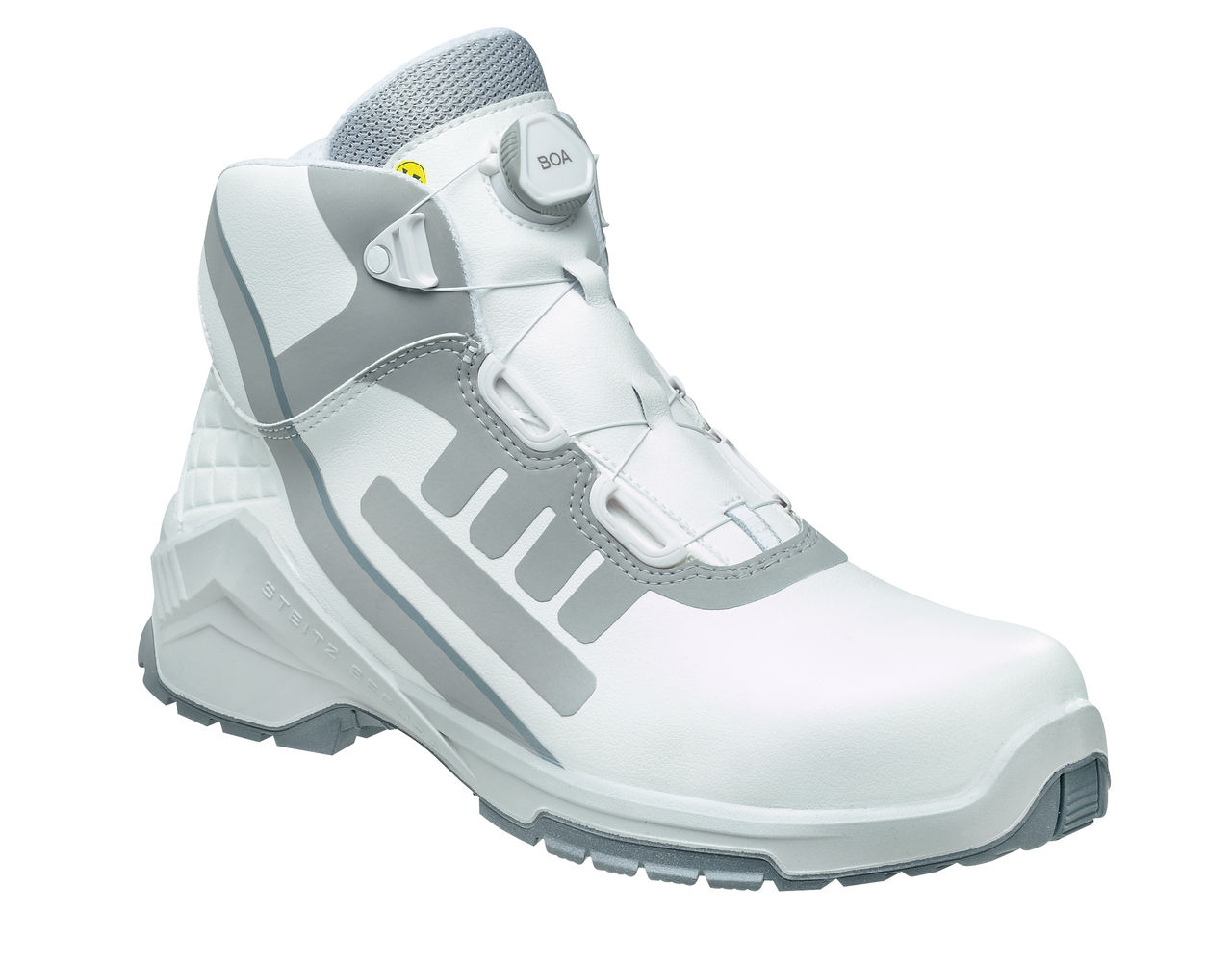
|
|
Conclusion
Protection level, comfort, and health benefits are paramount to selecting optimal safety shoes. Review your safety shoe portfolio with ERIKS experts to ensure it is optimized for workplace hazards and regulations while balancing comfort, safety, and cost.
In the long term, employers can decrease the cost of risks, accidents, and additional costs that stem from unfit safety footwear, resulting in happier, more productive employees.
Subscribe to our newsletter:
For the latest industry news and updates.

